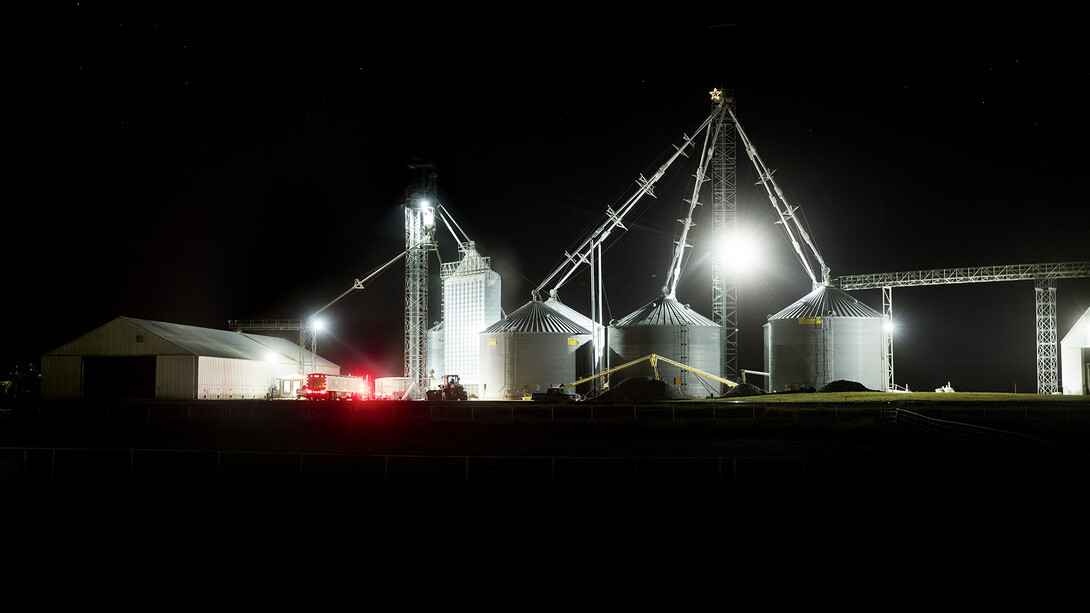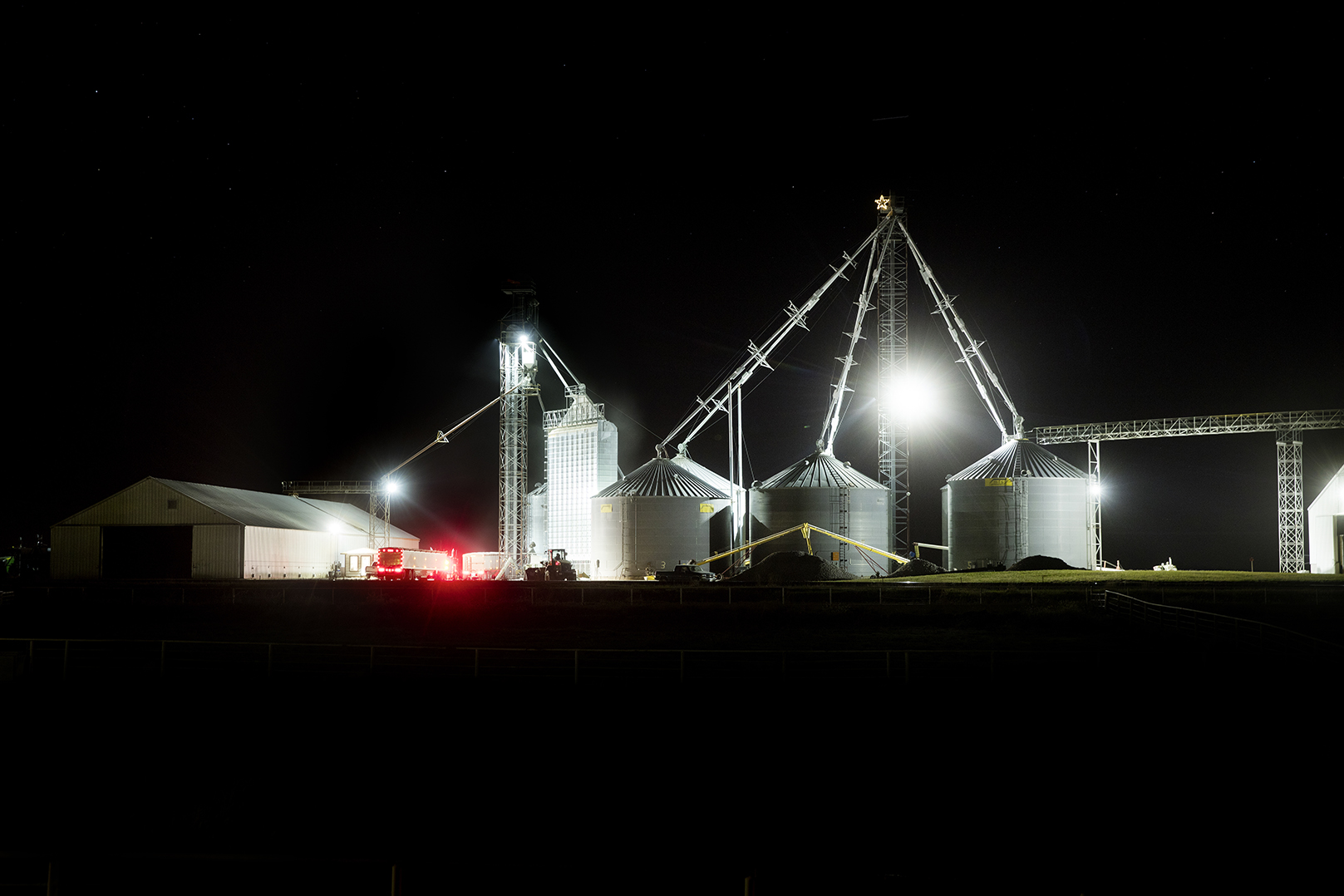
Net farm income in Nebraska for 2022 is projected to have fallen to $7.2 billion before rising modestly to $7.3 billion in 2023, according to a report produced by the University of Nebraska–Lincoln’s Center for Agricultural Profitability and the University of Missouri’s Rural and Farm Finance Policy Analysis Center.
Drought impacts across the state contributed to a reduction in projected net farm income in Nebraska when compared to a forecast produced last fall, before the full extent of drought losses had been realized.
According to Brad Lubben, extension policy specialist with the Center for Agricultural Profitability and a co-author of the report, Nebraska’s ag sector has taken a different path than U.S. agriculture since 2021.
“After record farm income in 2021, U.S. farm income projections point to an even higher record for 2022 before falling back in 2023,” Lubben said. “Nebraska, on the other hand, took the fall in 2022 due to drought losses and thus may hold relatively steady for 2023, as growing conditions presumably return to normal.”
The report projects that crop receipts in the state will decrease by $1.9 billion this year. Despite a growth in receipts brought on by strong commodity prices in 2022, lower projected prices for most commodities in 2023 are expected to contribute to the decrease in income. Planted corn acres are estimated to rise 5% this year, but lower corn prices are expected to reduce corn receipts by $1.4 billion. Soybean acres are anticipated to be down 3% this year, and the combination of lower acres and lower prices point to an expected $400 million fall in soybean receipts. Any lingering drought concerns that could hurt hay and wheat yields in 2023 could also further hurt 2023 farm income prospects.
Livestock receipts in Nebraska are projected to increase by $300 million in 2023, driven by higher expected cattle and calf receipts, which the report projects to rise by $506 million. This is despite tight inventories caused by ongoing herd liquidation in the state, which is being offset by higher prices this year. Hog and pig receipts are estimated to decline $117 million due to weaker prices and less marketing. And lower egg and milk prices are expected to contribute to a combined $96 million reduction in dairy, poultry and egg receipts.
Total production expenses in the state are forecast to increase only 2% in 2023, following double-digit increases in both 2021 and 2022. Following two years of sharp increases in fertilizer expenses — up to $791 million in 2022, a 43% increase over 2021 — expenses are expected to level off in 2023. The same is anticipated for feed expenses, which increased by $513 million in 2022. Fuel and oil prices are expected to fall modestly this year.
The Nebraska Farm Income Outlook Report is co-published by the Center for Agricultural Profitability and the Rural and Farm Finance Policy Analysis Center (RaFF) at Missouri, which provides objective policy analysis and informs decision-makers on issues affecting farm and rural finances.
“RaFF’s state-level insights are critical for decision-makers,” RaFF interim director Scott Brown said. “By understanding the factors impacting farm income, and how producers and rural communities are affected, sound decisions on programs and policies can be formed.”








